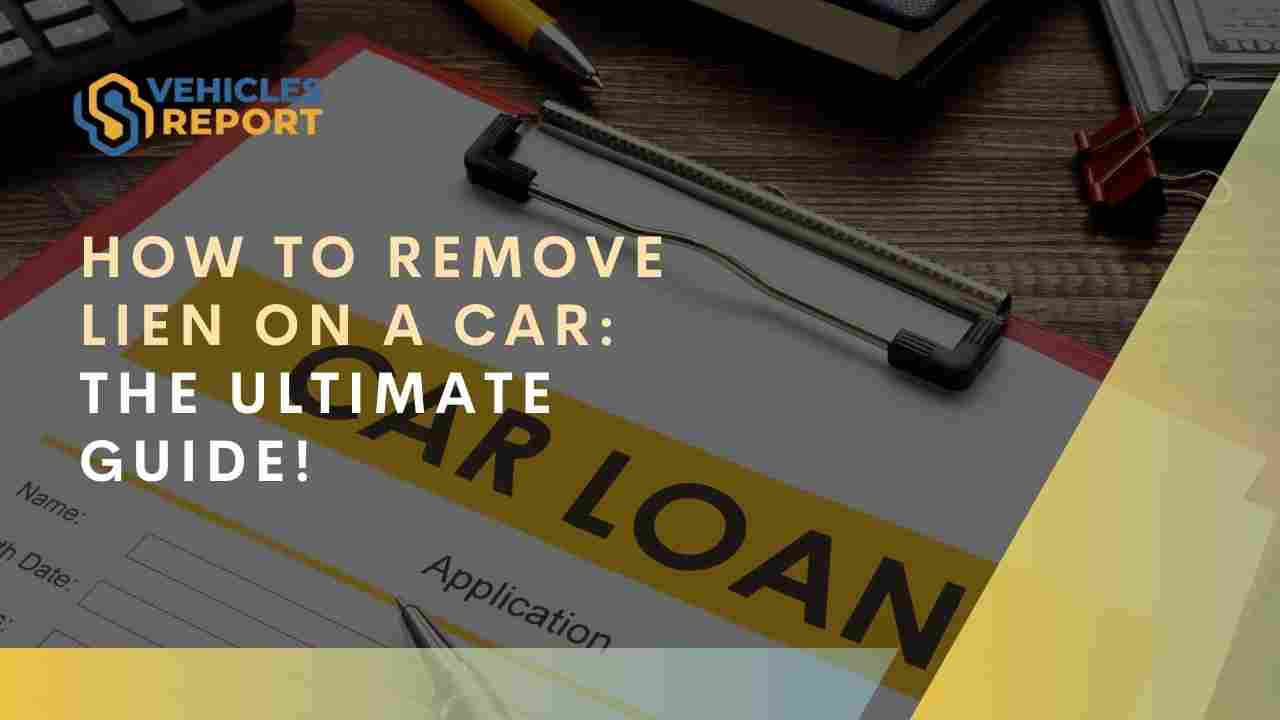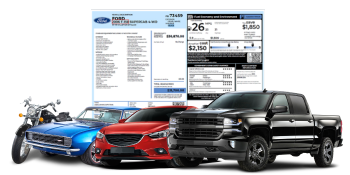Imagine you just bought a used car, only to discover there’s a lien on the title. It’s a frustrating and stressful situation, but don’t worry—you’re not stuck. There are clear steps to remove the lien and get things back on track. By understanding the process and acting quickly, you can regain full ownership of your car and avoid any future headaches.
What is a Car Lien?
A lien is a legal claim placed on a vehicle, often by a lender, as a way to secure payment for an outstanding debt. If the previous owner took out a loan to finance the car, and they haven’t paid it off in full, the lender can place a lien on the vehicle. This means they have a right to the car until the debt is settled.
Liens are common with used vehicles, especially those bought through financing. The lienholder, usually a bank or finance company, has a financial interest in the car. Until the loan is paid off, the lien stays attached to the car’s title, meaning you can’t sell or fully transfer ownership without clearing it. So, if you’ve just bought a used car and discovered a lien, it’s essential to handle it before you can move forward.
Steps to Remove a Lien on a Car
Removing a lien from your car title may seem complex, but the process is relatively straightforward if you follow these steps:
1. Contact the Lienholder
The first step is to contact the lender or financial institution that holds the lien on the car. They can usually be found on the lienholder section of the car’s title. If you’re unsure, a quick check on Vehicles Report can help you identify the lender.
When you get in touch, ask them to confirm the amount owed and whether any payments remain. This will help you understand exactly what needs to be paid off to clear the lien.
2. Pay Off the Debt
If there’s any remaining debt on the car, you’ll need to pay it off. In some cases, the previous owner may still owe money. If that’s the case, you may need to negotiate with the lender on how to settle the balance. Once the debt is cleared, the lienholder will release their claim on the car, and they can begin the process of updating the car’s title.
3. Obtain a Lien Release Document
Once the debt is paid, the lender will provide you with a lien release document. This document is essential because it proves that the lienholder has officially cleared the lien on the car. Without this, you cannot proceed with updating the title to reflect full ownership. The lien release should be signed by the lender and include details such as the vehicle’s make, model, and VIN.
4. Visit the DMV
Take the lien release document to your local Department of Motor Vehicles (DMV) office, along with the car’s title and any other necessary paperwork. The DMV will update the title to show that you now have full ownership, free of any liens. Depending on your state, you may need to pay a small fee for the title update.
Once the DMV processes the lien removal, you’ll receive a clean title, allowing you to fully own and, if you wish, sell or transfer the car without any issues.
Common Mistakes to Avoid
Removing a lien isn’t always straightforward, and several common mistakes can delay or complicate the process:
- Not Checking for Liens Before Buying: Always verify the lien status before purchasing a used car. A quick check using a service like Vehicles Report can prevent buying a car with unresolved financial claims.
- Failing to Get the Lien Release: After paying off the debt, some buyers forget to obtain the lien release from the lender. This is essential to remove the lien from the title.
- Skipping the DMV Step: Even after getting the lien release, some people forget to visit the DMV to update the title. Without this final step, the lien may still appear on your car’s title.
- Not Noticing the Fine Print: Sometimes, the lienholder may place restrictions on the release, such as holding it until the final payment clears. Always check for these details to avoid delays.
How Vehicles Report Can Help You Check Lien Status
Before buying a used car, it’s crucial to verify the car’s lien status. Using a trusted service like Vehicles Report helps you check if a vehicle has any active liens or financial claims. This gives you peace of mind and ensures that you’re not unknowingly purchasing a car that could come with legal or financial headaches.
By reviewing a Vehicle History Report from Vehicles Report, you can also discover any potential issues with the car, such as odometer rollbacks or outstanding recalls. This helps you make a more informed decision and avoid future surprises. To see what could be lurking in a car’s history, take a look at our guide on how to detect odometer rollback.
Conclusion
Removing a lien from your car title may take some time and effort, but by following these steps—contacting the lienholder, paying off any debt, obtaining the lien release, and updating your title with the DMV—you’ll be able to clear up the issue and gain full ownership of your vehicle.
For peace of mind, always check a car’s lien status before purchasing. A detailed Vehicle History Report from Vehicles Report can help you avoid purchasing a car with unresolved financial claims or other hidden issues. Taking this simple step can save you from future headaches and give you the confidence to move forward with your purchase.
Frequently Asked Questions
Can I sell a car with a lien on it?
You can sell a car with a lien, but the buyer won’t be able to transfer ownership without clearing the lien first. It’s important to settle the debt and get a lien release before attempting to sell.
What happens if I don’t remove a lien from my car title?
If you don’t remove the lien, you won’t have clear ownership of the vehicle. You may face difficulty selling the car, and it can also prevent you from getting a clean title if you need to refinance or transfer ownership.
How long does it take to remove a lien from a car?
The time it takes can vary. If the debt is paid off and the lienholder promptly provides the lien release, it may take a few weeks to update the title with the DMV. Always check with your local DMV for specific timelines.
How can I check if there’s a lien on a car title?
You can check the lien status through a service like Vehicles Report. This tool provides accurate, up-to-date information on any liens or financial claims attached to the vehicle, giving you peace of mind before purchasing.








